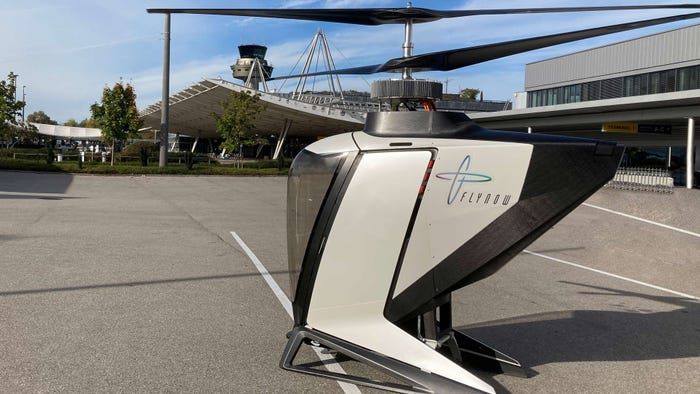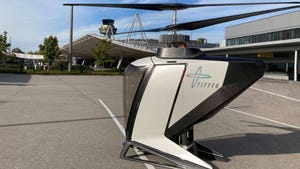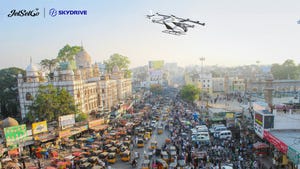Flying Taxis Receive Final FAA Rules for OperatingFlying Taxis Receive Final FAA Rules for Operating
This was the final missing piece before air taxis could plan to start commercial operations in the U.S.

The Federal Aviation Administration (FAA) has issued its long-awaited final rules for flying and operating eVTOL (electric vertical takeoff and landing) air taxis.
The special federal aviation regulation (SFAR) defines the operational requirements, including minimum safe altitudes and required visibility.
This was the final missing piece before air taxis could start commercial operations in the U.S.
“The FAA will continue to prioritize the safety of our system as we work to seamlessly integrate innovative technology and operations,” said Mike Whitaker, FAA administrator. “This final rule provides the necessary framework to allow powered lift aircraft to safely operate in our airspace.”
The new rules were needed for eVTOL vehicles, as the powered lift category of vehicles take off and land differently than commercial aircraft, including not needing a traditional runway.
For more flying vehicle and other embedded tech news subscribe to our free newsletter!
“Powered lift aircraft are the first new category of aircraft in nearly 80 years and this historic rule will pave the way for accommodating wide-scale Advanced Air Mobility (AAM) operations in the future,” stated the FAA announcement.
The new rules, scheduled to be in effect for 10 years, include adding helicopter operating requirements to parts of flights and taking a performance-based approach to some operating rules.
One of the rules allows for pilots to train in power-lift with single flight controls and use more simulators, unlike older rules that require two flight controls, one being for the instructor.
“We’ve completed the framework for enabling these near-term flights, but our work has just begun,” said Whitaker in a blog post. “As more and more are produced, the pace and complexity of operations is certain to increase — perhaps very rapidly.
“Operators will need to figure out what makes financial sense; the market will determine where they’ll fly and what kind of operations they’ll conduct. Just like the first automobiles and cell phones, it could take time for these aircraft to become commonplace. But as more and more are produced, I think we’ll see them everywhere.”
“When they do take to the skies, we envision they will initially fly routes much as helicopters do today. They’ll use existing routes and infrastructure such as helipads and early vertiports. Pilots will communicate with air traffic controllers where required.”
Last year, the FAA set 2028 as the timeframe for aerial vehicles such as air taxis to be traveling to and from destinations.
The FAA defines AAM as “an emerging aviation ecosystem that leverages new aircraft and an array of innovative technologies. The scope of AAM is limited to those engaging in passenger-carrying or cargo operations with a pilot on board.”
Read more about:
Flying CarsAbout the Author
You May Also Like


.jpg?width=700&auto=webp&quality=80&disable=upscale)





